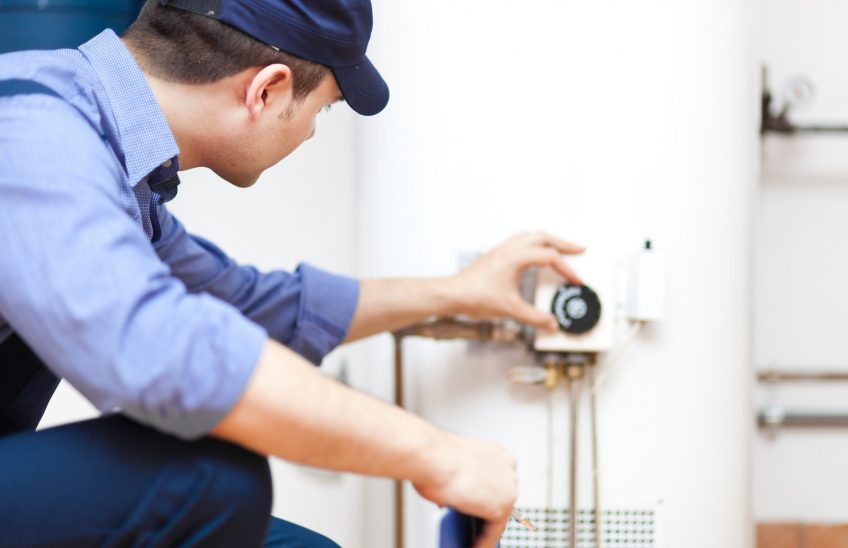The operation of water heating uses a substantial amount of energy and is responsible for 30-40% of a household’s overall electricity consumption. It is therefore crucial for countries such as South Africa to determine methods to reduce energy demand since the country’s energy supply is almost exclusively electrical – 88% of it is generated by coal, and energy deficits cause frequent blackouts. Prof Thinus Booysen, Dr Japie Engelbrecht and Dr Michael Richie of the Electrical and Electronic Engineering Department at Stellenbosch University evaluated various energy-saving strategies that have commonly been used and determined which strategy is optimal to follow. These strategies include optimising the heating schedule, lowering the set-point temperature, reducing the volume of hot water used, and installing additional thermal insulation.
Key findings of the research
The results show that the best strategy was providing optimal control of the heating element, and savings of 16.3% were achieved. This study also determined that the magnitude of energy savings is heavily dependent on a household’s water usage intensity and seasonality. However, the extent of the savings depends on the household’s water usage, where the savings for light and heavy water usage profiles for EML were respectively 18.9% and 10.1%. Seasonality also plays a role in energy savings, and the energy reductions for summer and winter differed by 3.5%. The impact of lowering the ambient and inlet water temperature to 10 ∘C increased the total daily energy consumption by 0.491 and 0.945 kWh. Furthermore, the various strategies can achieve the same savings as EML if the set-point temperature is lowered to 45.5 ∘C, lowering the volume of water used by 25.4% and increasing the thermal resistance of the EWH by 96%.

A limitation of this study, however, is that the optimal control planning is calculated with perfect foreknowledge of future water usage, and results will differ when forecasting is introduced. The simulations also did not use time-varying ambient and inlet water temperatures. Lastly, the water usage data was acquired from only South African households. The data has been proven to be significantly similar to that used in other international studies.
Conclusion
Decreasing the energy consumption of tanked water heaters can be achieved by reducing the standing losses and thermal energy of the hot water used. The research underpinning this paper determined how the best energy savings can be achieved for a residential household’s electric water heater. We evaluated the results of strategies that optimised the EWH heating schedule: lowering the set-point temperature, reducing the volume of hot water used, and installing additional thermal insulation. In future work, this study can provide insight for the implementation of various methods to achieve electric water heater energy savings.
Read the complete research paper: Ritchie, Michael J., Jacobus A.A. Engelbrecht, and M. J. Booysen 2021. “Which Strategy Saves the Most Energy for Stratified Water Heaters?” Energies 14, no. 16: 4859. https://doi.org/10.3390/en14164859.





